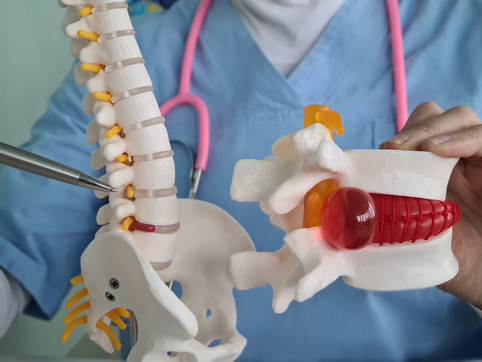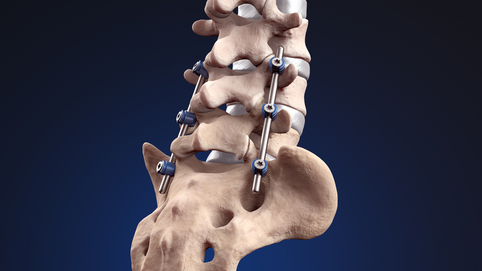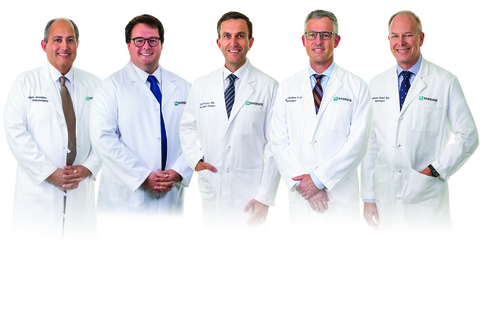Common Surgical Procedures
- Anterior Cervical Corpectomy and Fusion
- Anterior Cervical Discectomy and Fusion
- Anterior Lumbar Interbody Fusion
- Cervical Disc Arthroplasty
- Cervical Fusion
- Cervical Laminectomy
- Cervical Laminoplasty
- Lumbar Laminectomy
- Lumbar Microdiscectomy
- Minimally Invasive Spine Surgery
- Posterior Cervical Foraminotomy
- Posterior Fusion
- Posterior Lumbar Decompression and Fusion or Posterior Interbody Fusion
- Spine Surgery with Robotic-Guided Navigation
- Stereotactic Body Radiosurgery
- Vertebroplasty and Kyphoplasty









